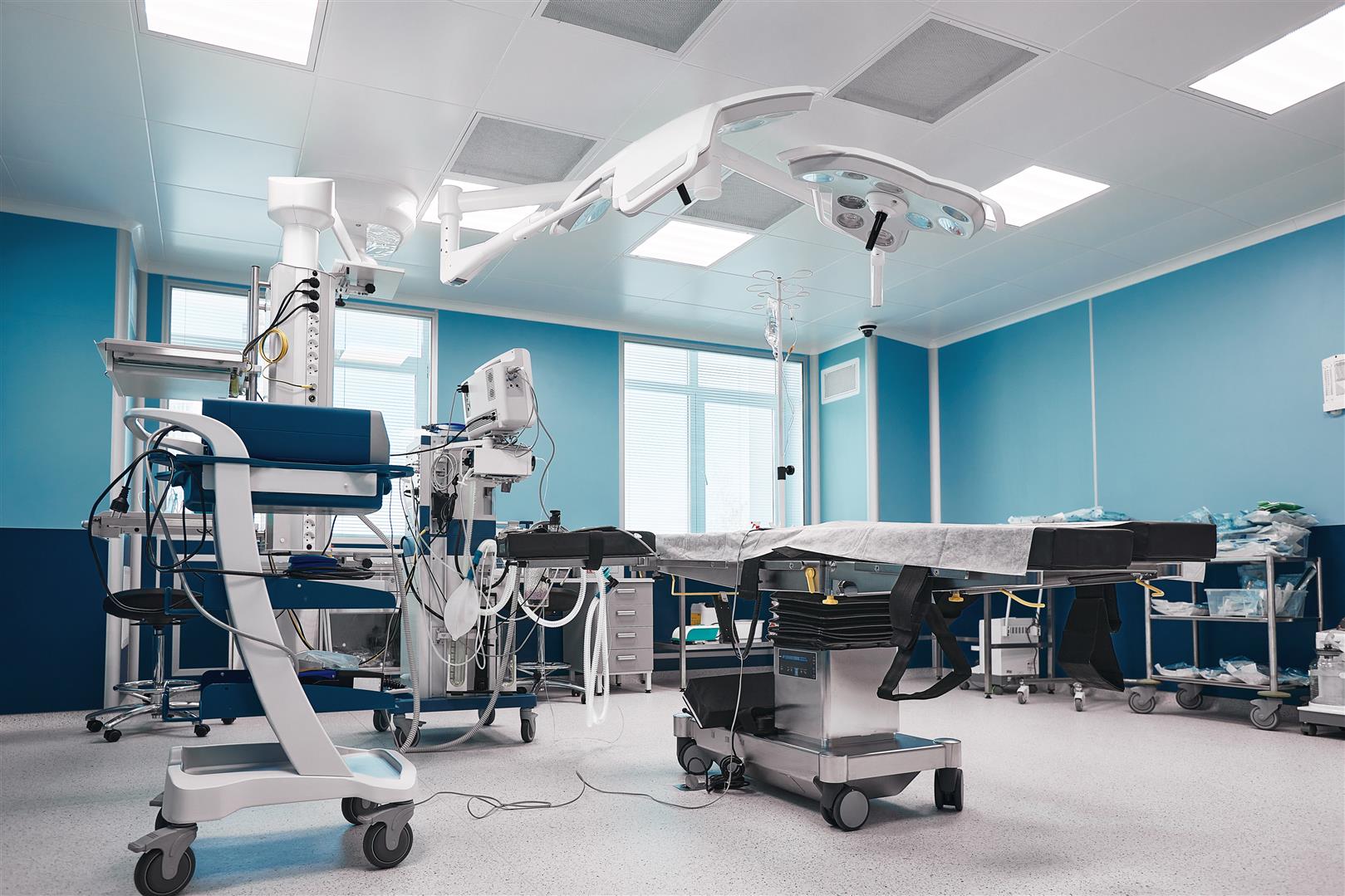
Establishing strategies, measures, and guidelines that are clear and feasible in practice is an important mechanism to enable the BCG model to drive progress in the medical device sector. Doing so will build capacity for medical device operators in Thailand, relying on the government market as a primary mechanism before expanding the results to the general consumer market, as the government market is a large market for medical devices.
Strategy 1: Emphasis is on creating a balance of supply and demand by using reverse engineering innovation mechanisms to analyze demand, based on government budget data, for importing and purchasing large volumes of medical devices, or devices with high value for targeting research and development, by using reverse engineering in a targeted manner. Reverse engineering is an innovation mechanism that searches for the functional structure of a particular device or system, analyzing the performance of each part, then creating a new device or program that works the same way without copying from the prototype; in this way, it paves the way for creating a better product, thanks to the process of studying the original product. Prototyping allows for the avoidance of existing weaknesses and the improvement of what already works in the product.
All actions will result in research and innovations, leading to more commercial use. The purchase of medical devices from the Thai Innovation List will reach at least 40,000 million baht within five years, raising the capacity and strength of SME entrepreneurs to compete with foreign enterprises and generate investment and employment.
Source: National Science and Technology Development Agency (NSTDA)
Tel: +66 2 564 8000